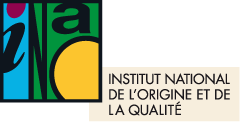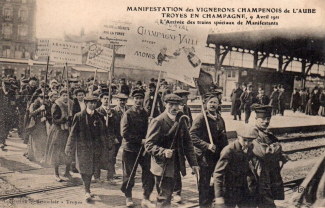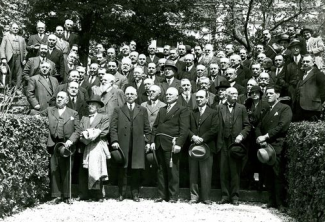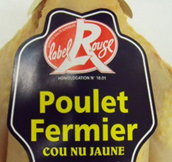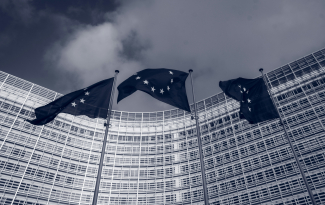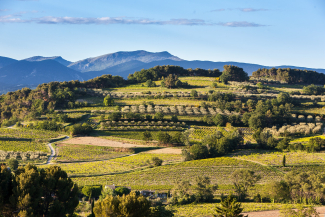History
Since 1935, the Institut national de l'origine et de la qualité (INAO), under its successive names, has been at the heart of France's policy of promoting agricultural products. Its action has helped to preserve and enhance France's food heritage, now recognized worldwide.
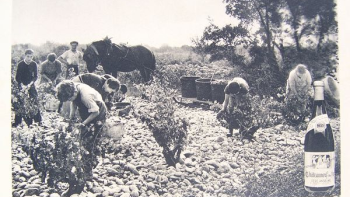
Initiated in France in the early 20th century following a major wine crisis, the principles and concepts of today's official quality and origin identification signs (SIQO) have evolved over time to meet the challenges encountered in each era, and of course perfect them. Gradually, regulations defined SIQOs, but also the contours of the INAO, its missions and its original governance. This innovative policy has inspired the development of the system internationally, and particularly at European Union level.
This section will enable you to find out a little more about the history of the INAO and official signs identifying quality and origin.
A brief history of the INAO and official signs identifying quality and origin
Designations of Origin (D.O.s) are the result of the French wine industry's activism in the quest for quality in fine wines and eaux-de-vie. Over time, this system was developed, perfected and opened up to other sectors. Other labels and signs then appeared, and their management was gradually structured. Discover a brief description of the long history of the construction of official signs of quality and origin and of the Institute in charge of their implementation for almost 90 years.

Bibliography on the History of INAO and SIQO
For further research, INAO offers a non-exhaustive bibliography. It highlights major works which themselves include a detailed bibliography, as well as publications or works emanating directly from professionals, agents or INAO departments.

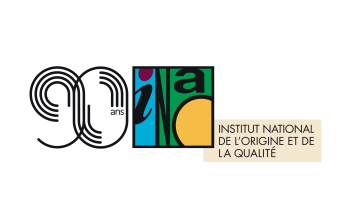
Exhibition: INAO, 90 years at the service of French agriculture
In 2025, INAO celebrates its 90th anniversary. To mark the occasion, the Institute is organizing a traveling exhibition to retrace the history of official signs identifying quality and origin (SIQO) and INAO, as well as the missions with which the establishment has been entrusted since its creation in 1935. The exhibition continues online with a digital version enhanced by additional content. Feel free to browse it!
Discover the exhibition "INAO, 90 years at the service of French agriculture"
